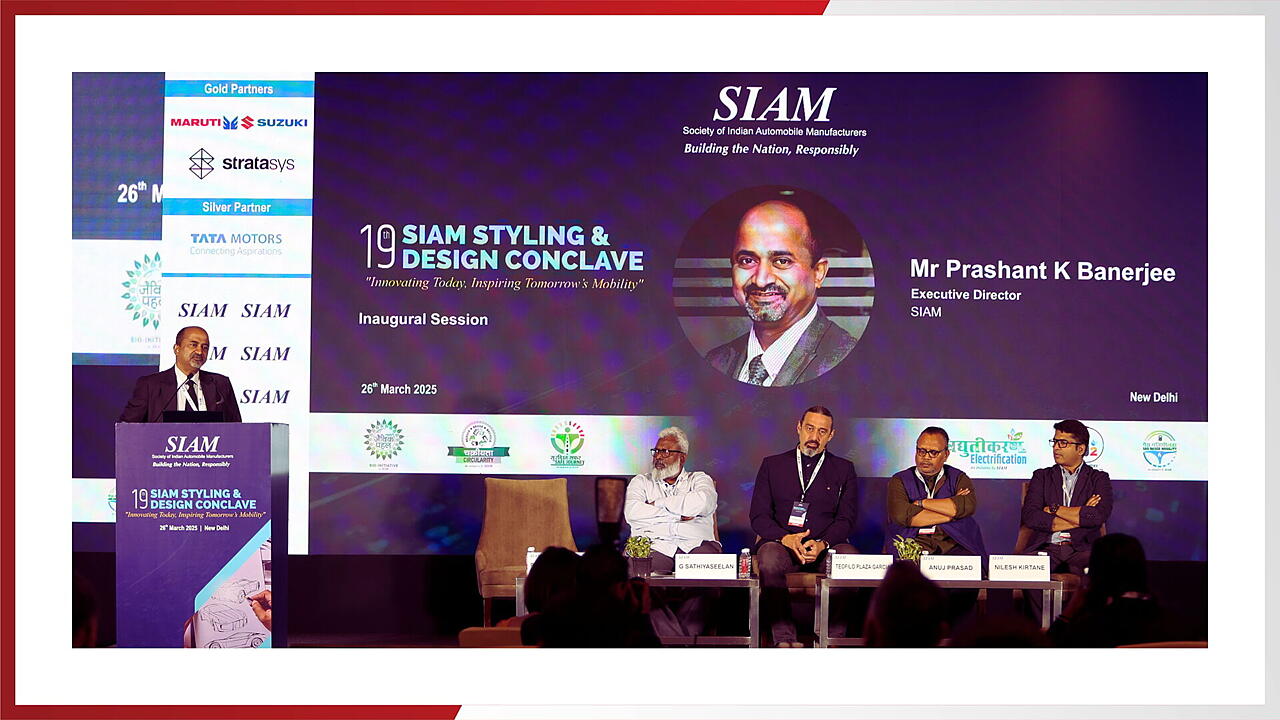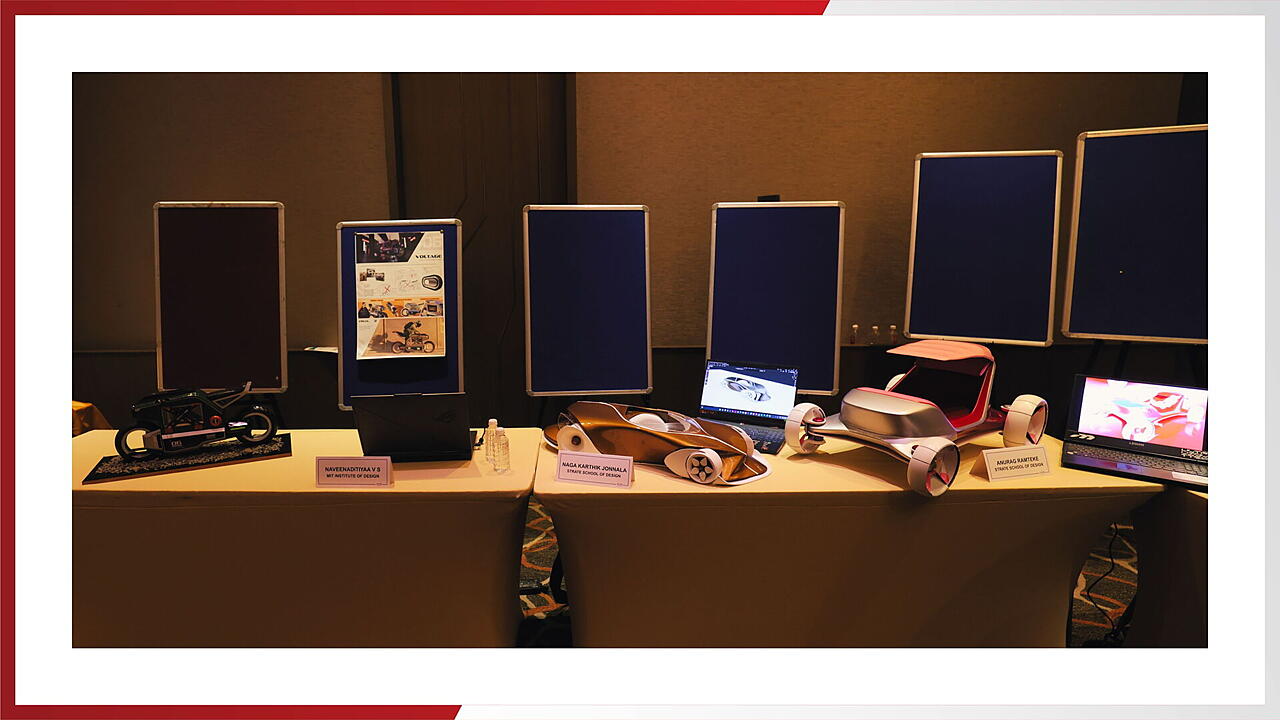
Society of Indian Automobile Manufacturers (SIAM) hosted the 19th edition of its Styling and Design Conclave alongside the 17th Automotive Design Challenge (ADC) under the theme 'Innovating Today, Inspiring Tomorrow’s Mobility'. The event brought together leading voices from the automotive industry, academia, and design to reflect on the evolving role of aesthetics and innovation in the sector, particularly with emerging mobility solutions and powertrain technologies.
The conclave opened with remarks from Prashant K Banerjee, Executive Director, SIAM, highlighted how India’s design talent must be brought to the forefront of industrial innovation to realise the larger vision of Viksit Bharat. G Sathiyaseelan, Chairman, SIAM Styling & Design Group and Vice President (Design), Ashok Leyland, urged that Indian automotive design must evolve into a nationwide movement that combines empirical approaches with fresh thinking.
Delivering the keynote address, Teofilo Plaza Garcia, Industrial Studio Head at Hero MotoCorp, underscored the emotional role of design and the need to back young talent for global competitiveness. Anuj Prasad, Founder and CEO of Desmania Design, observed that India is poised to transition from being a styling hub to becoming a thought leader in design, driven by its deep creative resources and expanding design education infrastructure.

Nilesh Kirtane, Co-Chairman, SIAM Styling & Design Group and General Manager – Strategy Planning, Honda R&D India, stressed the responsibility of designers to drive innovation that impacts the everyday lives of people.
The first technical session titled “Technology Innovation as an Enabler for Design” was chaired by Akansha Hakhu, Senior General Manager (CMF), Maruti Suzuki. Dr Kaustav Sengupta from NIFT Chennai advocated for the inclusion of indigenous Indian colour palettes to reflect local culture in vehicle design. Samarth Gupta from Autodesk discussed the growing influence of evolving geopolitical trends and consumer behaviour on automotive styling. Rajesh Gogu, Vice President (Design), Maruti Suzuki, addressed how declining segments like sedans can be revitalised through smart design that also enhances fuel efficiency and environmental sustainability. Hakhu stressed that collaborative discussions can shape a broader design vision while Rahul Pandita of Stratasys shared the influence of new technologies on user experience and efficiency in design workflows.
The second session, “Designing for Global Aspirations,” chaired by V S Deka of Royal Enfield, focused on positioning India as a global design leader. Ferdinand Klauser of KISKA Shanghai said design is now a key brand differentiator. Pravin Gaikwad of Tata Motors highlighted the connection between design and sustainable mobility. The session also included insights from Dinesh Raman of KISKA Shanghai and Harikrishnan AK of TCS Design, who examined how global design trends influence the Indian market and stressed the need for creative agility.
The third session centred on “Fostering Industry–Academia Interaction” and was moderated by Anuj Prasad. The panel featured voices from academia including Namit Sharma from NID Ahmedabad, Sumer Singh from IIT Delhi, Dr Kaustav Sengupta from NIFT Chennai, Jayant Sankrityayana from UPES, and Alka Madhan from MIT Institute of Design. They called for closer engagement between industry and design institutions to ensure skill relevance and innovation in product development.
The 17th Automotive Design Challenge ran alongside the conclave and offered a platform for design students to present mobility concepts. Ten finalists were selected to display their models. The award ceremony recognised four winners: Vedant Barve from MIT Institute of Design won the top prize, followed by first runner-up Naga Karthik Jonnala from Strate School of Design, and joint second runners-up Rajat Sisodia from NID and Anurag Ramteke from Strate.
Also Read

